Exploring Pediatric Asthma: Anatomic Changes, Causes, and Management
VerifiedAdded on 2023/04/24
|5
|793
|444
Report
AI Summary
This report provides a detailed overview of pediatric asthma, covering the anatomic alterations of the lungs during an asthma attack, including smooth muscle constriction, airway inflammation, and mucus accumulation. It discusses the etiology and epidemiology of the condition, highlighting potential causes such as genetics, allergies, and environmental factors, as well as its increasing prevalence among children. The report outlines diagnostic tests used to identify pediatric asthma, such as chest X-rays and spirometry, and details common clinical manifestations like shortness of breath and wheezing. Furthermore, it elaborates on general management strategies, including medication adherence, trigger avoidance, and respiratory care techniques such as inhaler use. The report also touches on medical treatments like inhaled corticosteroids and potential complications, such as lung function decline and respiratory failure. References to relevant studies and medical resources are included to support the information presented.
1 out of 5
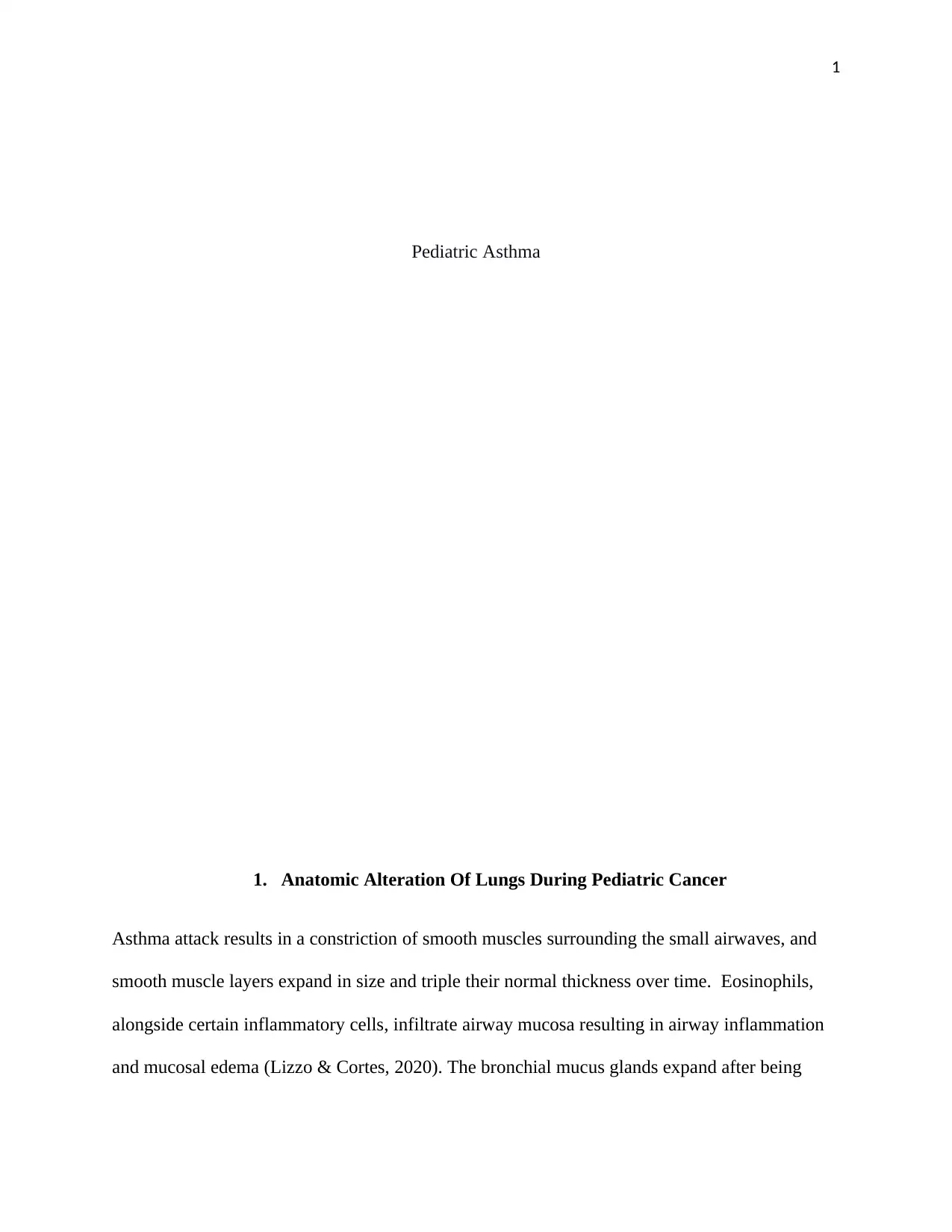
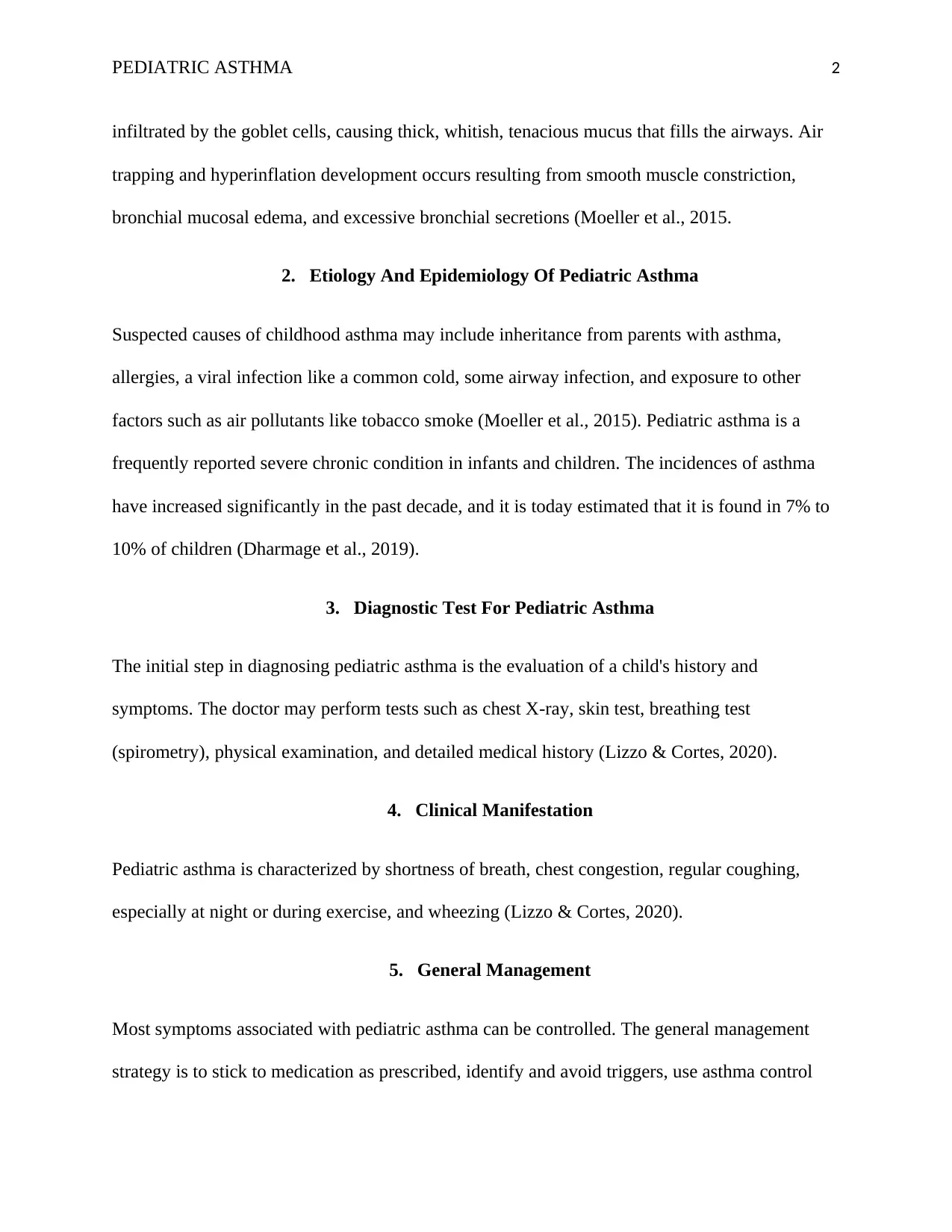
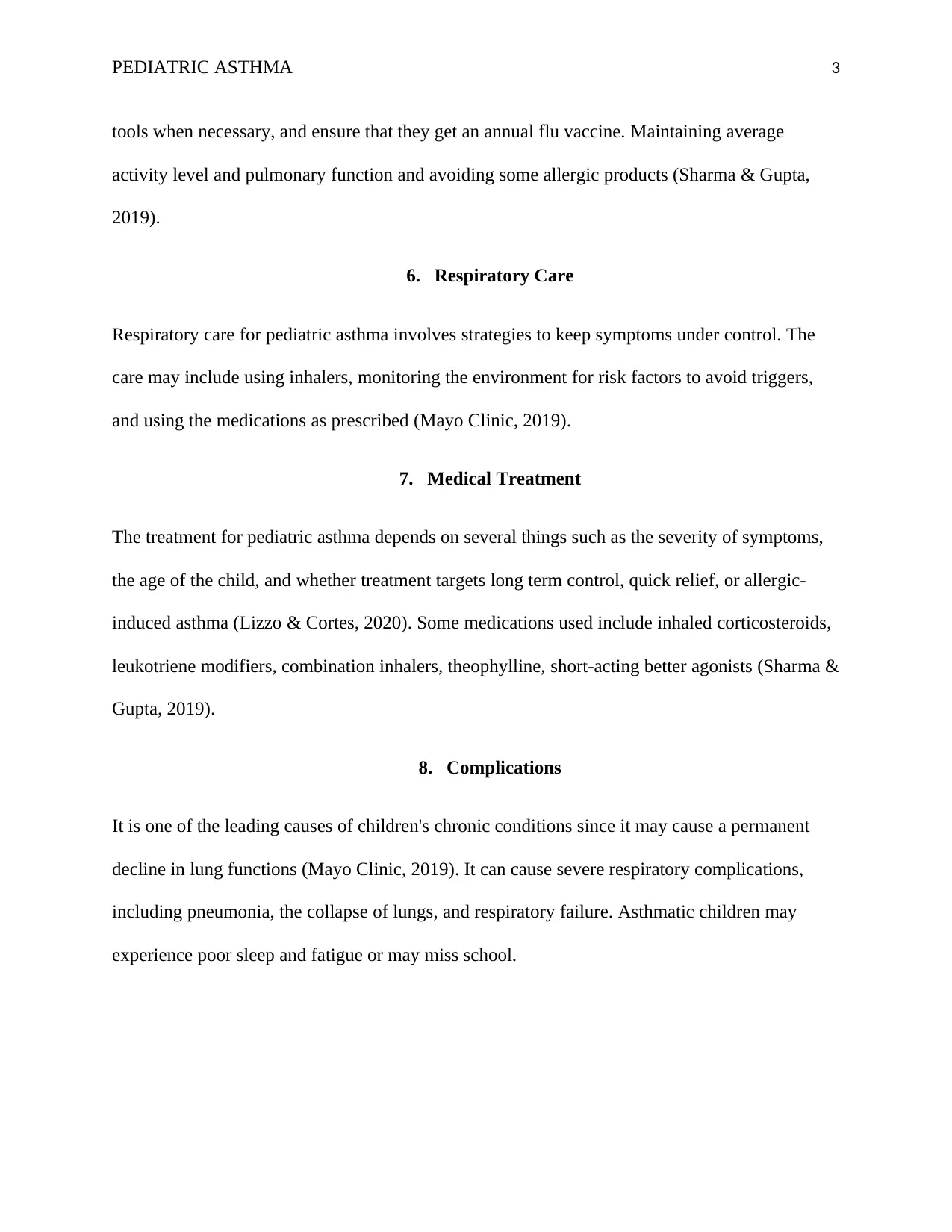

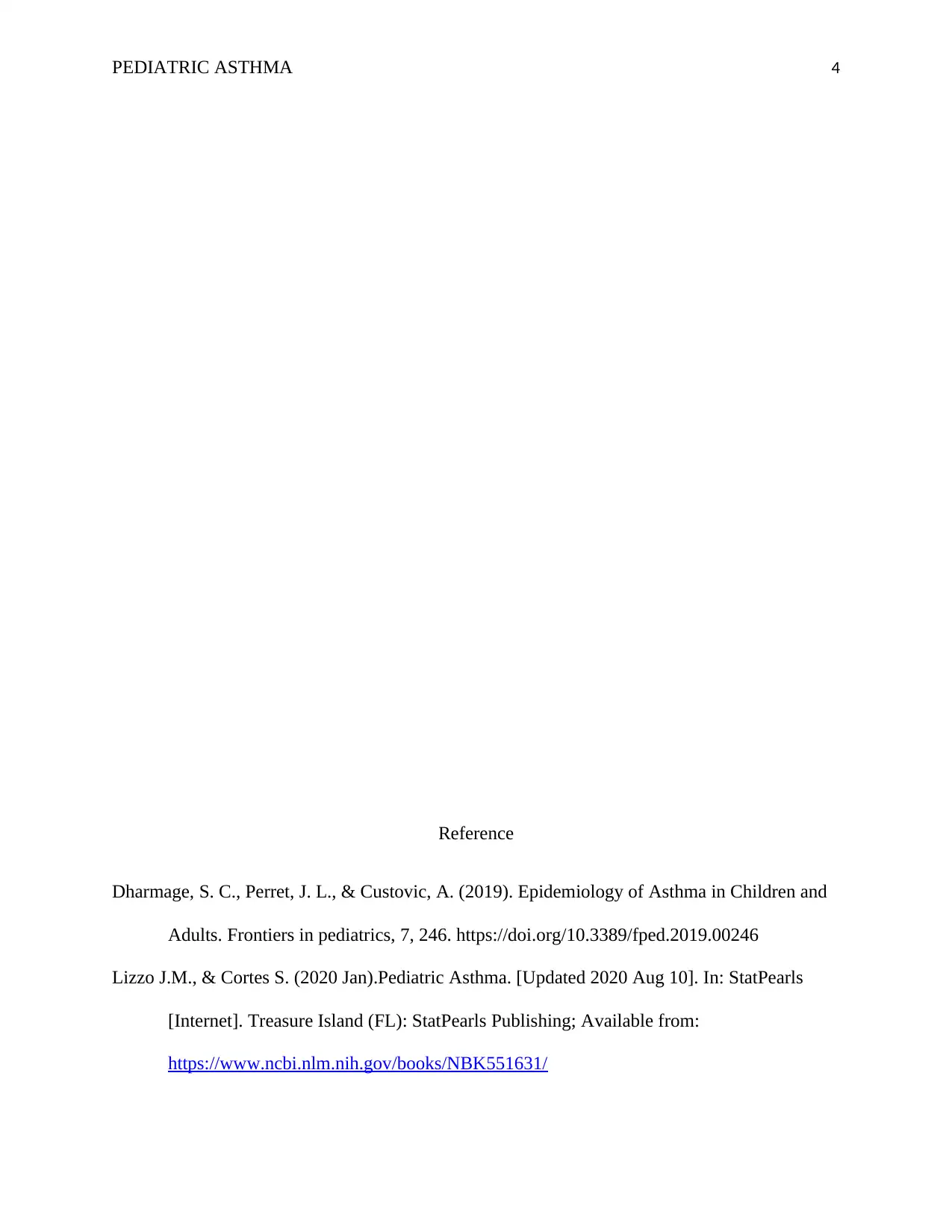
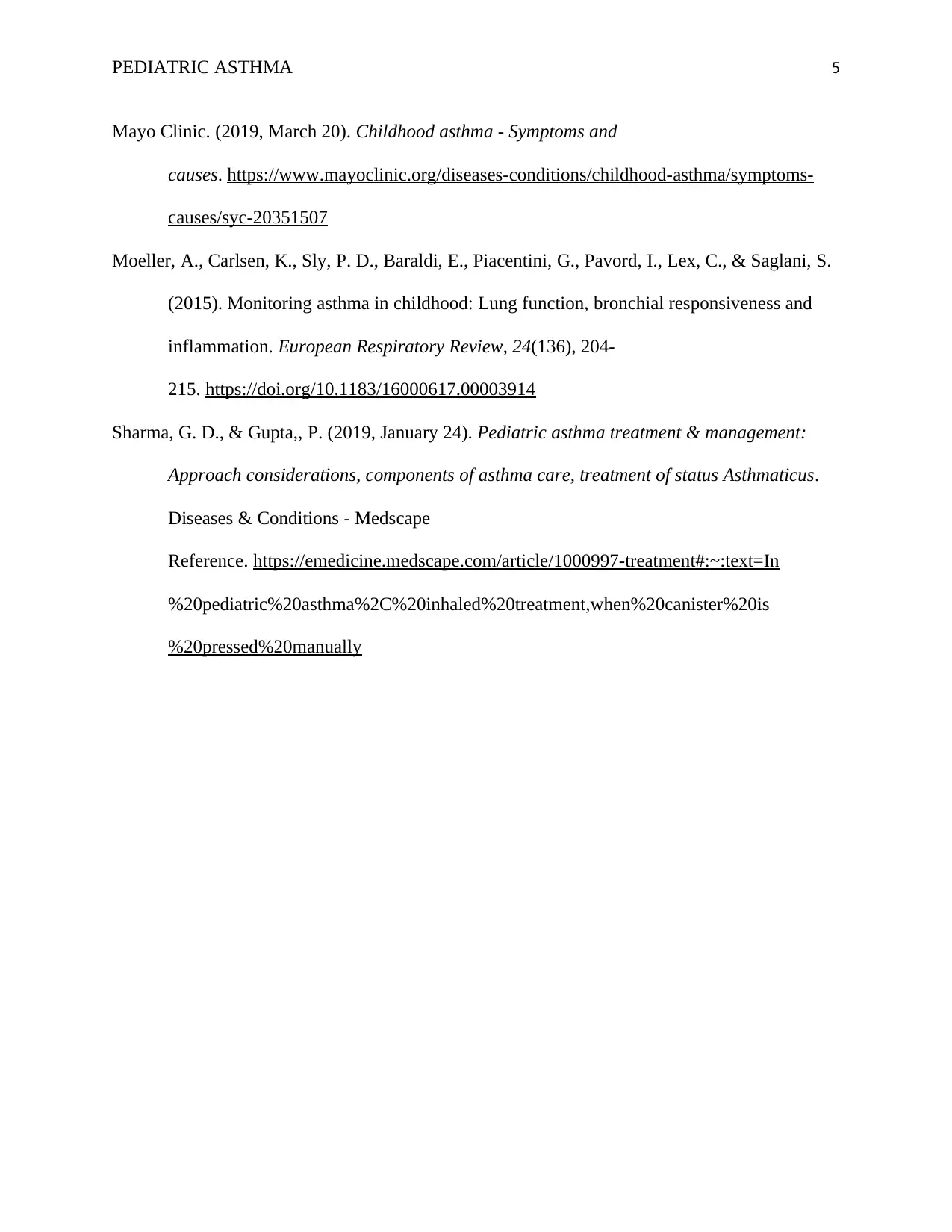






![[object Object]](/_next/static/media/star-bottom.7253800d.svg)